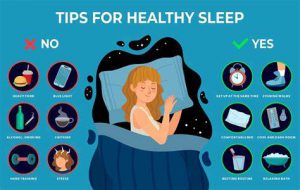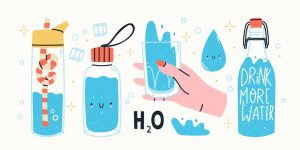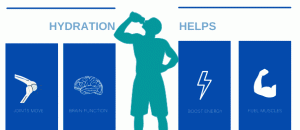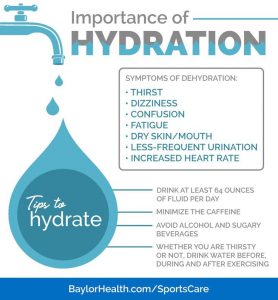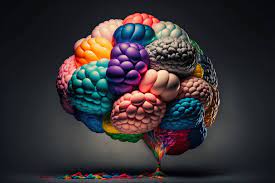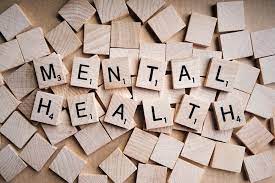By: Faith Brooks
Sleep is vital, yet it is very commonly overlooked in today’s society due to many factors. Getting healthy sleep routinely is extremely significant because it increases mental health, mood, cognitive functioning, metabolic health, cardiovascular health, etc. (Ramar K, 2021). Not getting the proper amount of sleep recommended can increase the chances of individuals eventually having health problems that include obesity, heart disease, dementia, etc. In this blog, I will specifically go into how sleep dramatically affects athletic performance and cognitive function while also explaining simple steps you can take to improve your overall sleep quality.
Athletic Performance
In the general population, sleep is quite important, however concerning an athlete’s sleep it is even more important for performing at optimal levels. For an athlete to truly perform or obtain a high level of performance, prioritizing a healthy sleep pattern can increase many factors like time, accuracy, endurance, strength, cognitive function, etc. To be more specific, healthy sleep should be the foundation of an athlete’s routine and be included in training routines to improve exercise recovery and performance (Vitale KC, 2019).
Cognitive Function
Optimal cognitive function is essential to living a productive and healthy life. Our cognitive ability is something we rely upon very heavily each day. As we go through our lives as students, employees, friends, spouses, and family members it’s understood that having optimal cognitive function is in our best interest. Time after time it has been shown and proven in studies that one of the quickest ways to drastically decrease our cognitive performance is a lack of sleep. To be more specific, lack of sleep or sleep deprivation can cause negative effects on “memory, attention, alertness, judgment, decision-making, and overall cognitive abilities” (Khan MA, 2023). As you can see a lack of sleep can cause a large array of negative side effects. However, if you flip the script and make sleep quality a higher priority you can see a significant boost in these subunits that overall make up cognitive performance as a whole.
Improving your sleep quality
There are simple steps you can take to improve your sleep quality. A simple trick that I have used to help improve my sleep quality is the 3-2-1 method. In the 3-2-1 method, the numbers refer to when you should stop doing certain things that many hours before bed. Three stands for no more large meals at least 3 hours before bed. The two stands for no more water at least two hours before bed. Lastly, the one means no more screen time or bright lights one hour before bed. These are simple ways to help improve sleep quality. This method can improve many factors that correlate with sleep quality. To be more specific, steps done in this method can improve heart rate variability (HRV) which in turn improves sleep quality (Sajjadieh A, 2020). Overall it has been my primary objective in this blog to help you see the importance of sleep while also leaving you with a simple method that you can implement tonight to start facilitating better athletic performance and cognitive abilities.
References
Khan MA, Al-Jahdali H. The consequences of sleep deprivation on cognitive performance. Neurosciences (Riyadh). 2023 Apr;28(2):91-99. doi: 10.17712/nsj.2023.2.20220108. PMID: 37045455; PMCID: PMC10155483.
Ramar K, Malhotra RK, Carden KA, Martin JL, Abbasi-Feinberg F, Aurora RN, Kapur VK, Olson EJ, Rosen CL, Rowley JA, Shelgikar AV, Trotti LM. Sleep is essential to health: an American Academy of Sleep Medicine position statement. J Clin Sleep Med. 2021 Oct 1;17(10):2115-2119. doi: 10.5664/jcsm.9476. PMID: 34170250; PMCID: PMC8494094.
Sajjadieh A, Shahsavari A, Safaei A, Penzel T, Schoebel C, Fietze I, Mozafarian N, Amra B, Kelishadi R. The Association of Sleep Duration and Quality with Heart Rate Variability and Blood Pressure. Tanaffos. 2020 Nov;19(2):135-143. PMID: 33262801; PMCID: PMC7680518.
Vitale KC, Owens R, Hopkins SR, Malhotra A. Sleep Hygiene for Optimizing Recovery in Athletes: Review and Recommendations. Int J Sports Med. 2019 Aug;40(8):535-543. doi: 10.1055/a-0905-3103. Epub 2019 Jul 9. PMID: 31288293; PMCID: PMC6988893.
